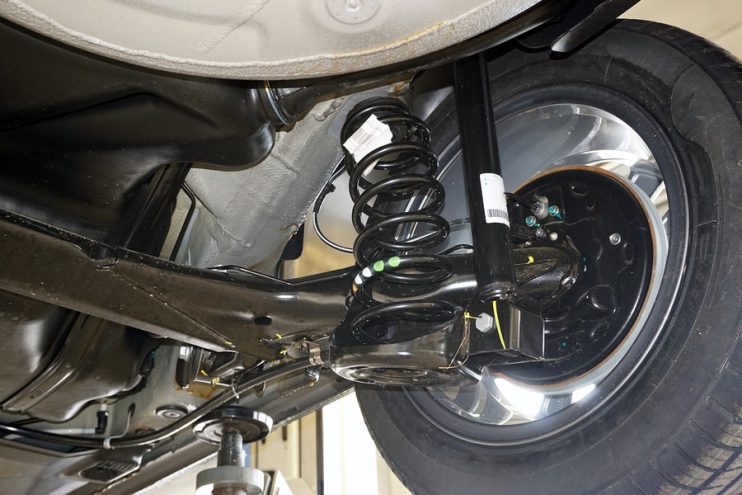
Suspension is all about giving your car a smooth ride. Can you imagine what it must have felt like for those first motoring pioneers as they bumped and rocked their way over every single shingle and nook in the road? Nowadays, we barely notice a crevice or the smaller pot holes thanks to the high design quality and engineering of our shocks and springs.
However, suspension is about more than keeping you from being jostled and pushed around in the driving seat. Did you know that this system also helps keep your wheels in contact with the asphalt, improving traction? Which can result in an increase of stopping distances by up to 20% if the system is worn or broken.
What are the Signs your suspension is failing?
At the heart of your suspension sits the shock absorbers, and as the name suggests, this part is designed to take the various impacts suffered by your vehicle on a daily basis. Therefore, it is prone to wear and tear, as these knocks, bumps and shudders are negotiated over time. What are some of the most important signs that you need to give your suspension a bit more care and attention?
1. Pulling to the Side
If your car seems to be veering to the left or right when you’re out on the open road, then this is down to a problem with the way your wheels are addressing the surface. Possible culprits are the steering system, the wheel alignment, the tyres or the suspension. If the latter is found to be the reason, then it could be down to a failing anti-roll bar, which helps keep the car stable against the force of the turn.
Your first port of call should be the tyres and wheel alignment. If these both appear to be functioning correctly, then it could be the steering. However, if you’re not hearing strange noises or noticing problems behind the wheel, such as using more effort to steer the car, then the probable protagonist is the shock absorbers. Check the system for damage, marks and knocks, and get it seen by a professional mechanic.
2. Rougher Ride than Normal
As we mentioned, the shock absorbers are designed to take the bite out of bad road surfaces. Good suspension works so well you don’t even notice it at play – so when those shock absorbers start failing, you’ll begin to feel every bump and pothole in the road surface.
There’s a little test you can perform without any prior mechanical knowledge to test your shocks and struts – the main components of your suspension. Simply give a little push down on the front of your bonnet, and watch how many bounces it takes for the vehicle to return to its normal, stable position. If you observe more than 3 oscillations, then get the system checked by a professional.
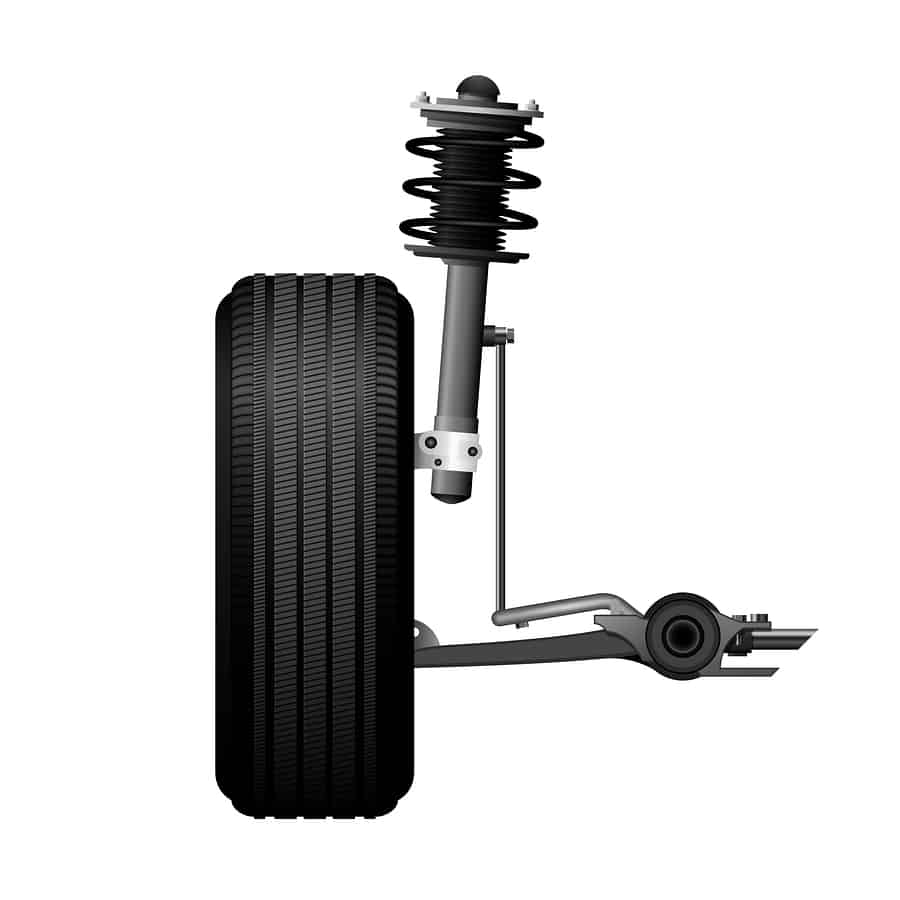
3. Unevenly Balanced Car
Is there something not quite right about your car’s posture when it’s parked on level ground? Check that the tyres are fully inflated, and if they are, does the problem persist? If you’re seeing a droop towards one corner, then it’s highly likely that the shock absorber responsible for supporting that wheel is giving way and nearing the end of its lifespan.
You can do a little top level investigation work yourself by putting pressure on the offending corner and listening out for some creaking sounds. Fluid spills that correspond with this area of the car are also a major sign of a problem.
4. Lurches and Dips
Have you noticed any erratic behaviour when you apply the brakes? Like we mentioned at the start of the article, suspension is responsible for keeping your car flush to the road. Because braking causes a massive shift of weight and momentum towards the front of the vehicle, if your shocks are not up to the job, this sudden transference will cause them to depress more than usual.
You may experience a reverse effect when you accelerate if the back shocks are not performing as expected – with the car suddenly dipping towards the rear as you apply the pedal.
5. Issues with Turning and Steering
Does the car seem to be operating strangely when turning? If the steering wheel is slipping in your hands when you turn it, or you need to apply more effort than usual, then this could either be down to issues with the power steering or failing suspension. Power steering problems are often characterised by fluid leaks under the car – so if there’re no signs of issues with this system, then it’s worth getting the suspension checked by a pro.
6. Uneven Tyre Treads
This is another one that could be down to issues with wheel alignment, steering or even problems with the brakes. If you’re sure that all these systems are working correctly, then one of the first signs of suspension failure will manifest in uneven wear on the tyres. As the suspension fails, this means that more pressure will be placed on the respective wheel, eroding the tread on your tyre faster than that of a wheel with a correctly functioning shock absorber.
7. Damaged and Oily Shocks
If you need an undeniable sign that can’t be misinterpreted, take a look at your shocks. A damaged and oily appearance means that there’s a clear canary in the coal mine when it comes to the condition of your suspension. Get out to a service centre or pro mechanic pronto.
Replacing Your Own Shock Absorbers
So you’ve identified a problem with your suspension. If you’ve developed a modicum of mechanical knowledge over the years then you can always go ahead and replace your shock absorbers yourself.



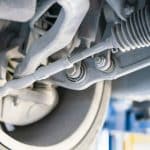

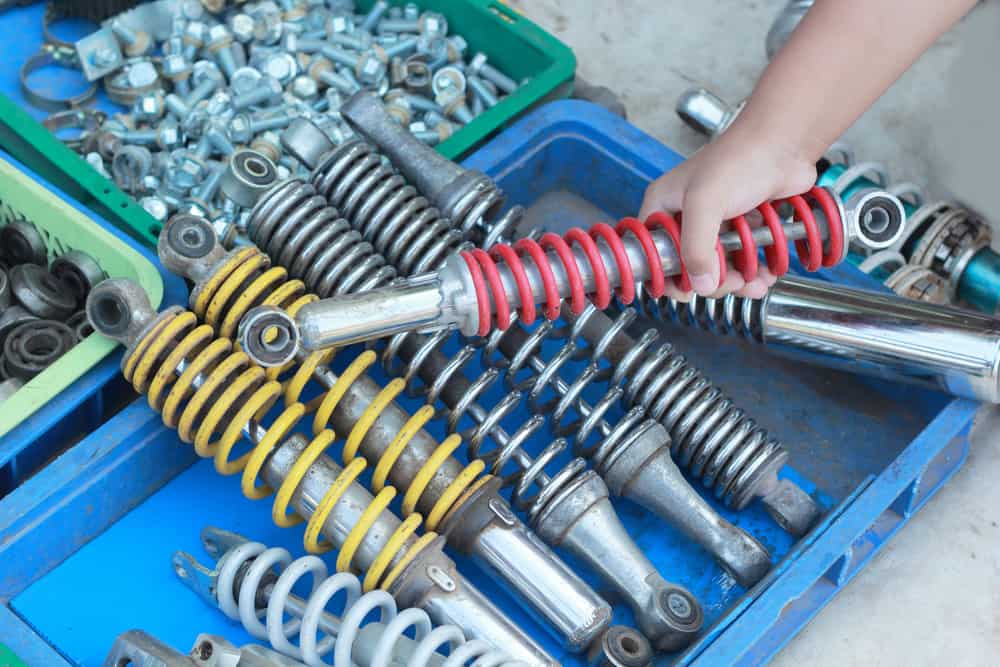
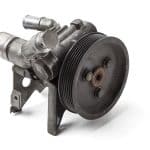


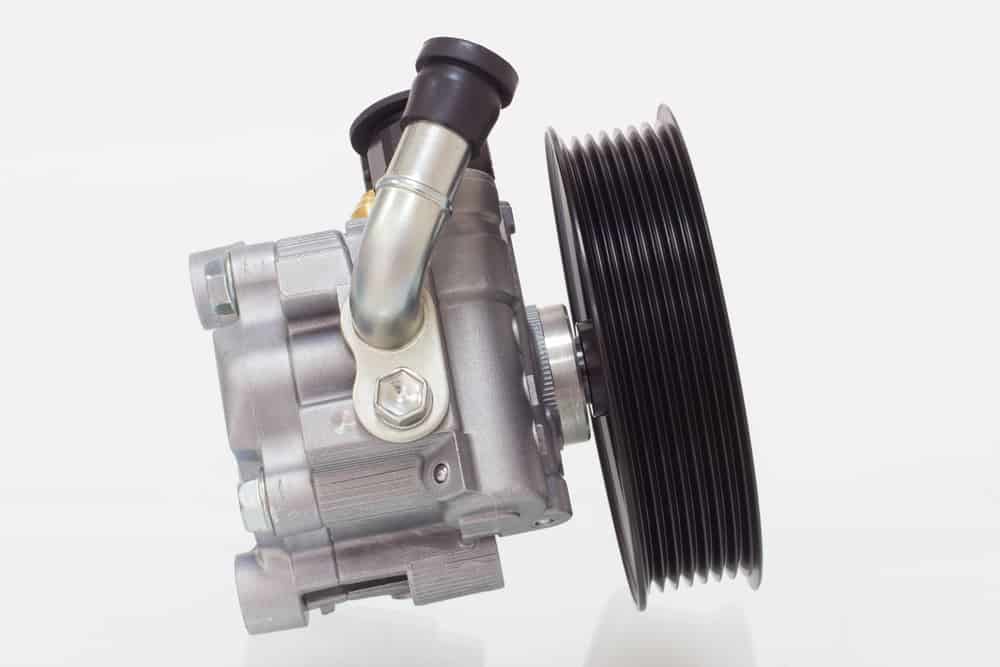
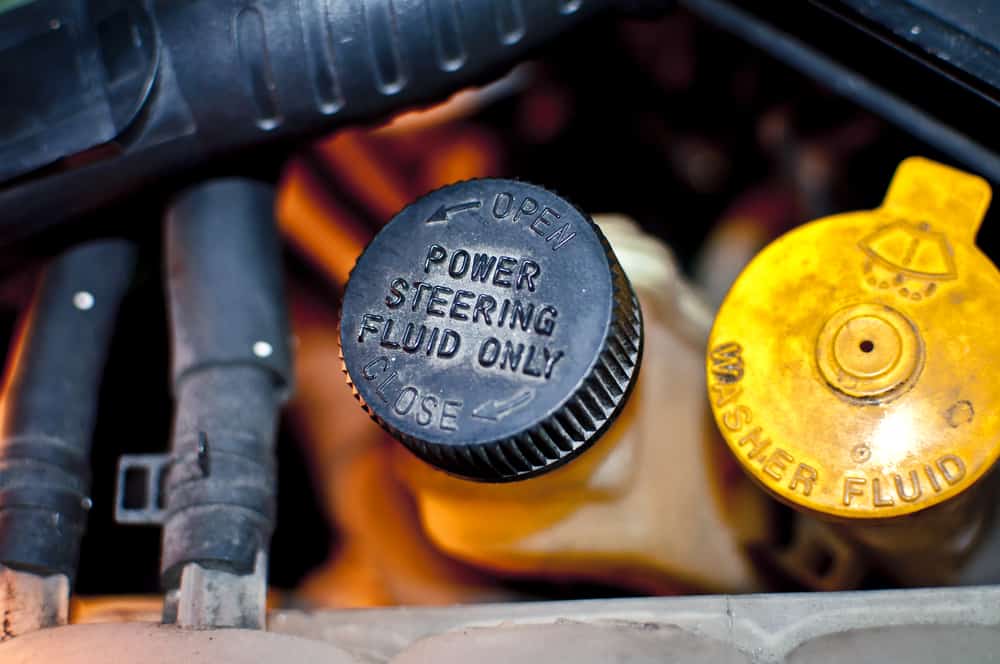
.png)